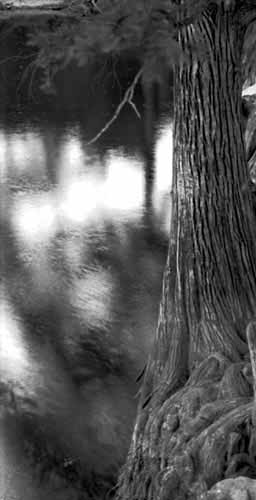|
- Memes were originally described by Richard Dawkins in his book The Selfish Gene (1976): “a unit of cultural transmission, or a unit of imitation.”
- "Examples of memes are tunes, ideas, catch-phrases, clothes fashions, ways of making pots or of building arches. Just as genes propagate themselves in the gene pool by leading from body to body via sperm or eggs, so
memes propagate themselves in the meme pool by leaping from brain to brain via a process which, in the broad sense, can be called imitation. If a scientist hears, or reads about, a good idea, he passes it on to his
colleagues and students. He mentions it in his articles and his lectures. If the idea catches on, it can be said to propagate itself, spreading from brain to brain." (Dawkins)
 What makes the meme concept so powerful is its close
analogies to the theory of natural selection. Natural selection occurs whenever the following conditions exist (Dennet 1990): What makes the meme concept so powerful is its close
analogies to the theory of natural selection. Natural selection occurs whenever the following conditions exist (Dennet 1990): - Variation: a continuing abundance of different elements.
- Heredity or replication: the elements have the capacity of creating copies or replicas of themselves.
- Differential "fitness": the number of copies of an element that are created in a given time varies, depending on the interaction between the features of that element (whatever it is that makes
it different from other elements) and features of the environment in which it persists.
- In memetics, ideas are viewed as almost independent creatures in a symbiotic relationship with human minds and cultures.
- A meme is a (cognitive) information-structure able to replicate using human hosts and to influence their behaviour to promote replication.
- It is quite common that memes are confused with ideas/thoughts. Both are cognitive structures, but an idea is not self-replicating and is spread passively (i.e. for extrinsic
reasons) if it is spread beyond its initial host at all. The difference is sometimes hazy; the idea "Isn't it time for us to eat?" can easily spread in a small group, but will not spread
well outside the group and will disappear once the question is settled, while a meme usually can spread generally and does not have any limited lifespan.
- In a many-to-many medium such as the Internet there are multiple meme sources, and the memetic diversity is high. (from The Lifecycle of Memes, By Henrik Bjarneskans, Bjarne Grønnevik and Anders Sandberg at http://www.aleph.se/Trans/Cultural/Memetics/memecycle.html#1.1)
- "Ideas cause ideas and help evolve new ideas. They interact with each other and with other mental forces in the same brain, in neighboring brains, and, thanks to global communications, in far distant, foreign
brains. And they also interact with the external surroundings to produce a burstwise advance in evolution
that is far beyond anything to hit the evolutionary scene yet, including the emergence of the living cell." (Roger W. Sperry, Mind, Brain, and Humanist Values, in John R. Platt, ed., New Views on the
Nature of Man. Chicago: University of Chicago Press, 1965.)
- Most of the intellectual and esthetic memes of classical Greece were "lost" for a millennium, surviving only
in tiny reservoirs in the monastic communities of Ireland until the Renaissance made it possible for these memes to again infect significant numbers of people. (J. Peter Vajk, Memetics: The Nascent Science
of Ideas and Their Transmission.)
- Definition of Meme, as used in Thought Contagion Theory, by Aaron Lynch: MEME: (pronounced 'meem') 1. A self-spreading thought, idea, attitude, belief, or other brain-stored item of learned culture. 2.
(Technical usage) A memory item, or portion of an organism's neurally-stored information, whose occurrence depends critically on causation by prior occurrence of the same memory item in one or more
other organisms' nervous systems.
- Art would seem to be about replicating world-class memes.
|
|

